JAKE PAUL has such a hectic training schedule he barely has time to eat lunch as the boxing star gave an insight into his daily routine.
The YouTuber-turned boxer returns over the weekend in Arizona against UFC legend Anderson Silva, live on Showtime PPV.
Jake Paul training ahead of his fight with Anderson Silva
He faces the UFC legend in Arizona
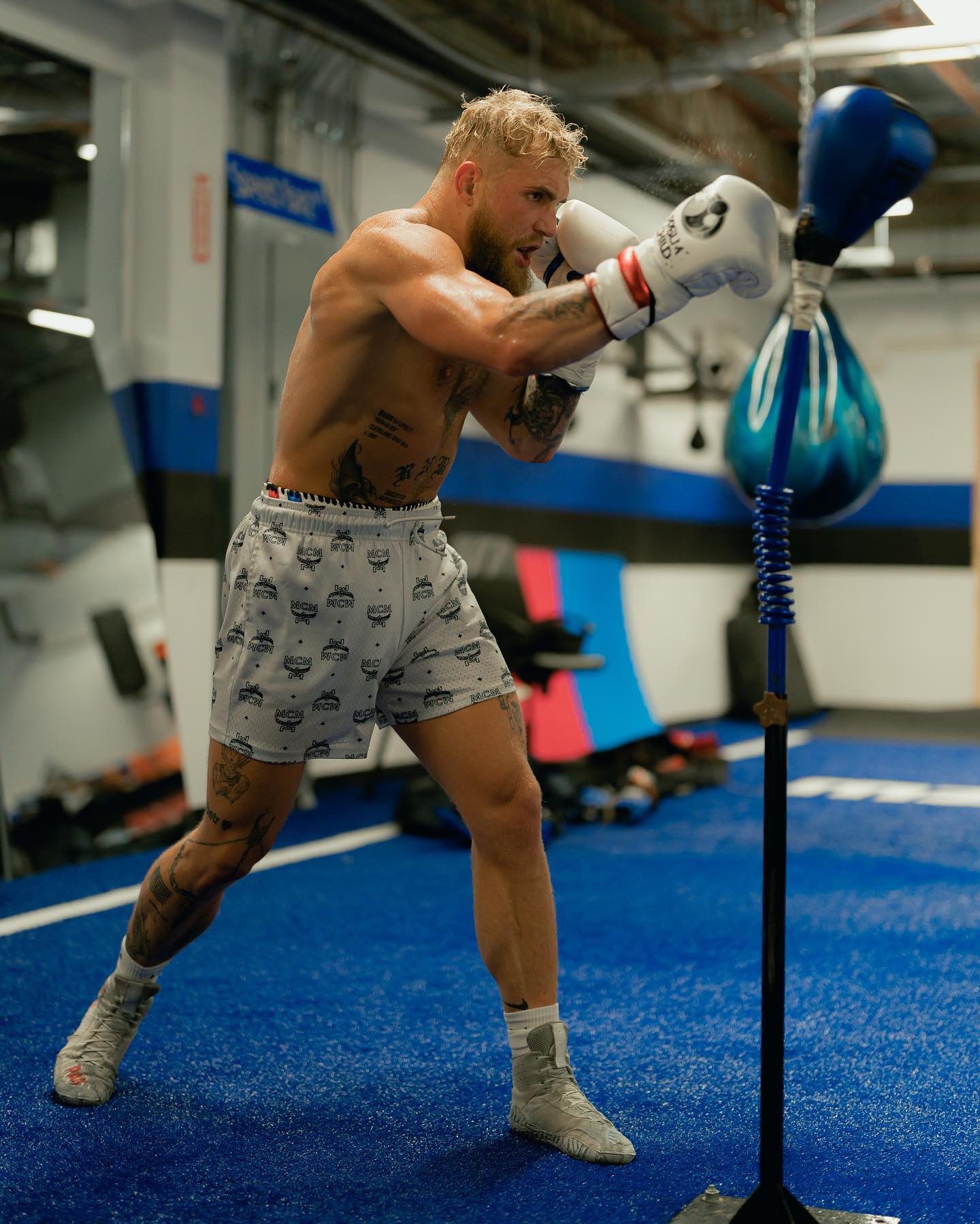
Jake Paul hitting the bag in his Puerto Rico gym
And for the biggest fight in his 5-0 career, Paul is cutting no corners in camp, whether that be in the gym or recovery.
The American, based in sunny Puerto Rico, has given SunSport an exclusive look into his training regime, running down a day in the life.
MORNING
Paul conducts his sparring sessions at night, to get his body accustomed to fighting at that time.
So he likes to lay in in until midday after a good night’s sleep, before preparing for the rest of the day.
He said: “Usually I wake up around 1pm. We train a lot of times at night, we spar at night to sort of mimic the fight.
“I wake up and will do some sort of workout if I’m not sparring at night and that can be mitts, shadow boxing.
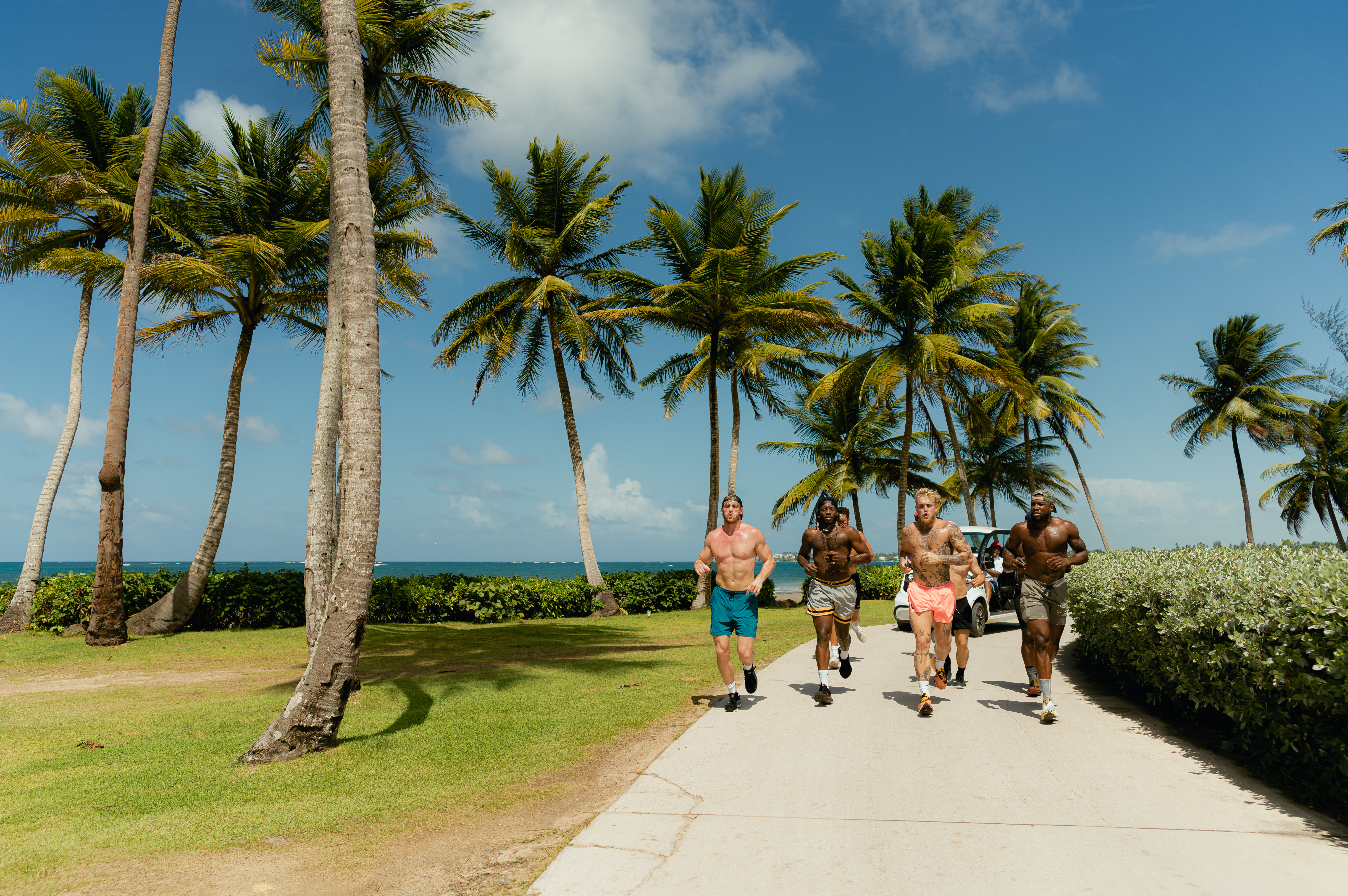
Jake Paul on a run in sunny Puerto Rico
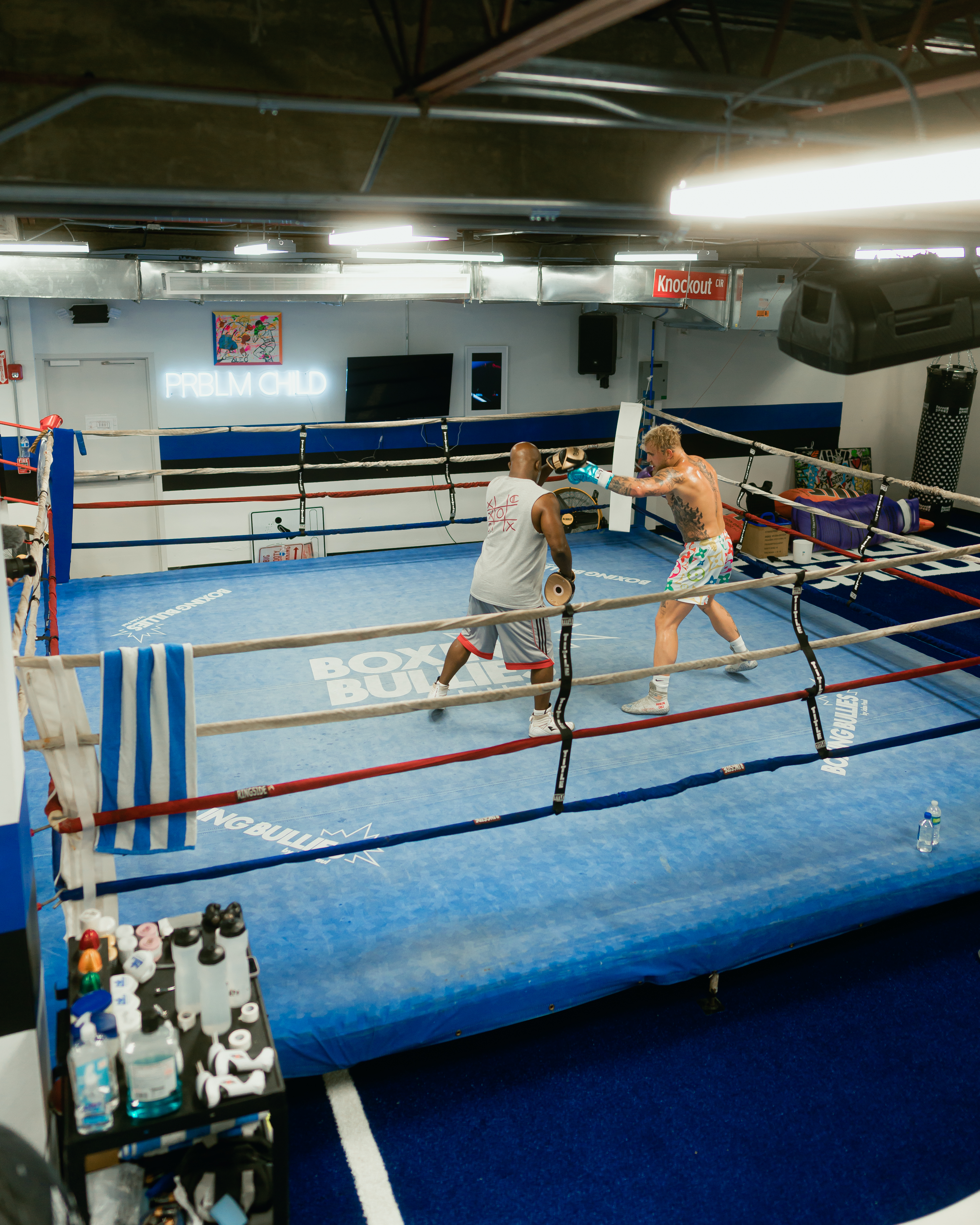
Jake Paul hitting pads with co-trainer Danny Smith
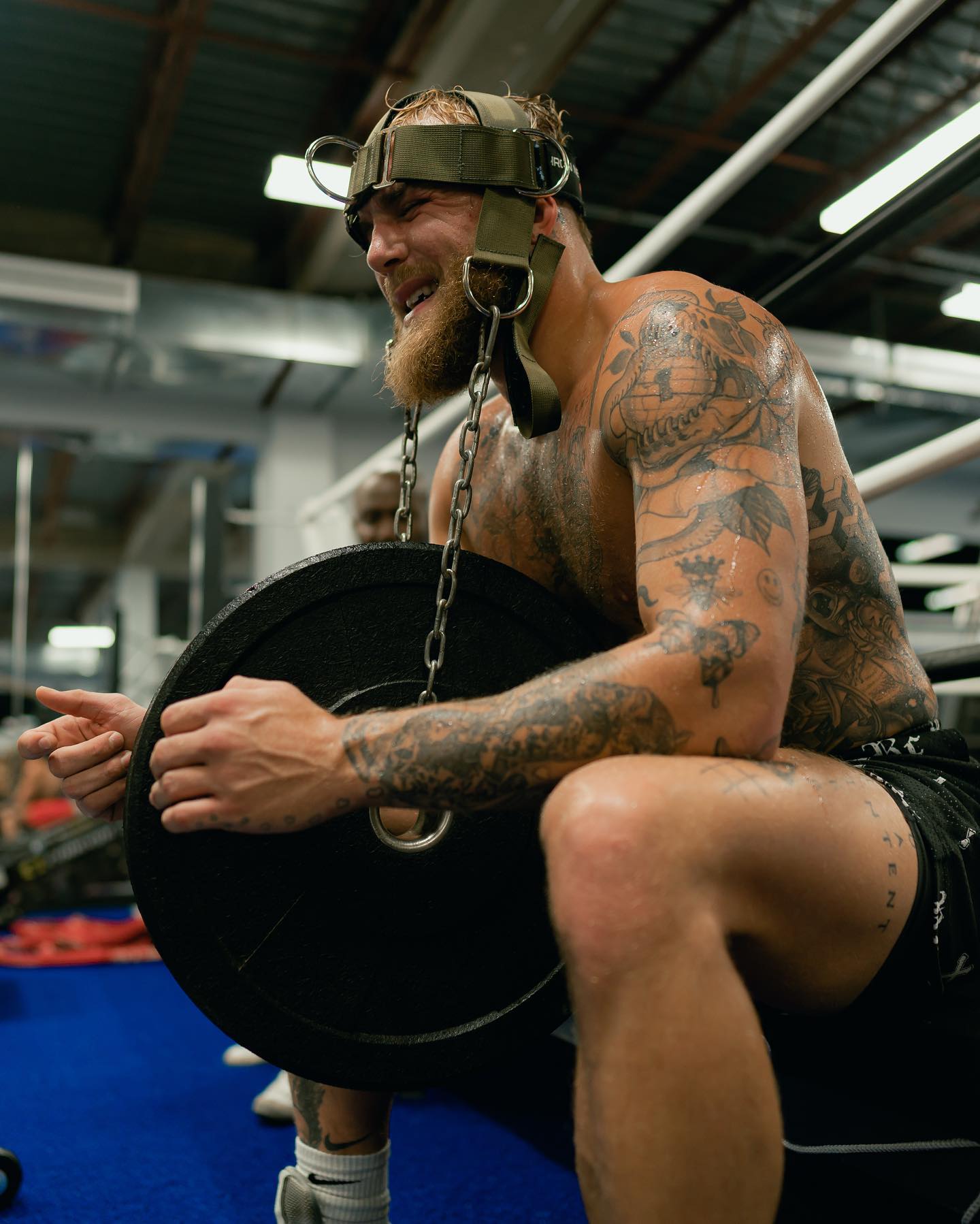
Jake Paul during a neck strengthening exercise
“Then after that we usually do abs, neck and a jog. Or weight training.”
Paul fills up on a high-protein breakfast of eggs on toast and often swerves lunch.
He revealed: “Breakfast is just like an omelette, with one piece of toast.
“And then sometimes I’ll skip lunch, I’m not really a big lunch person and I think that sort of helps me drop weight.”
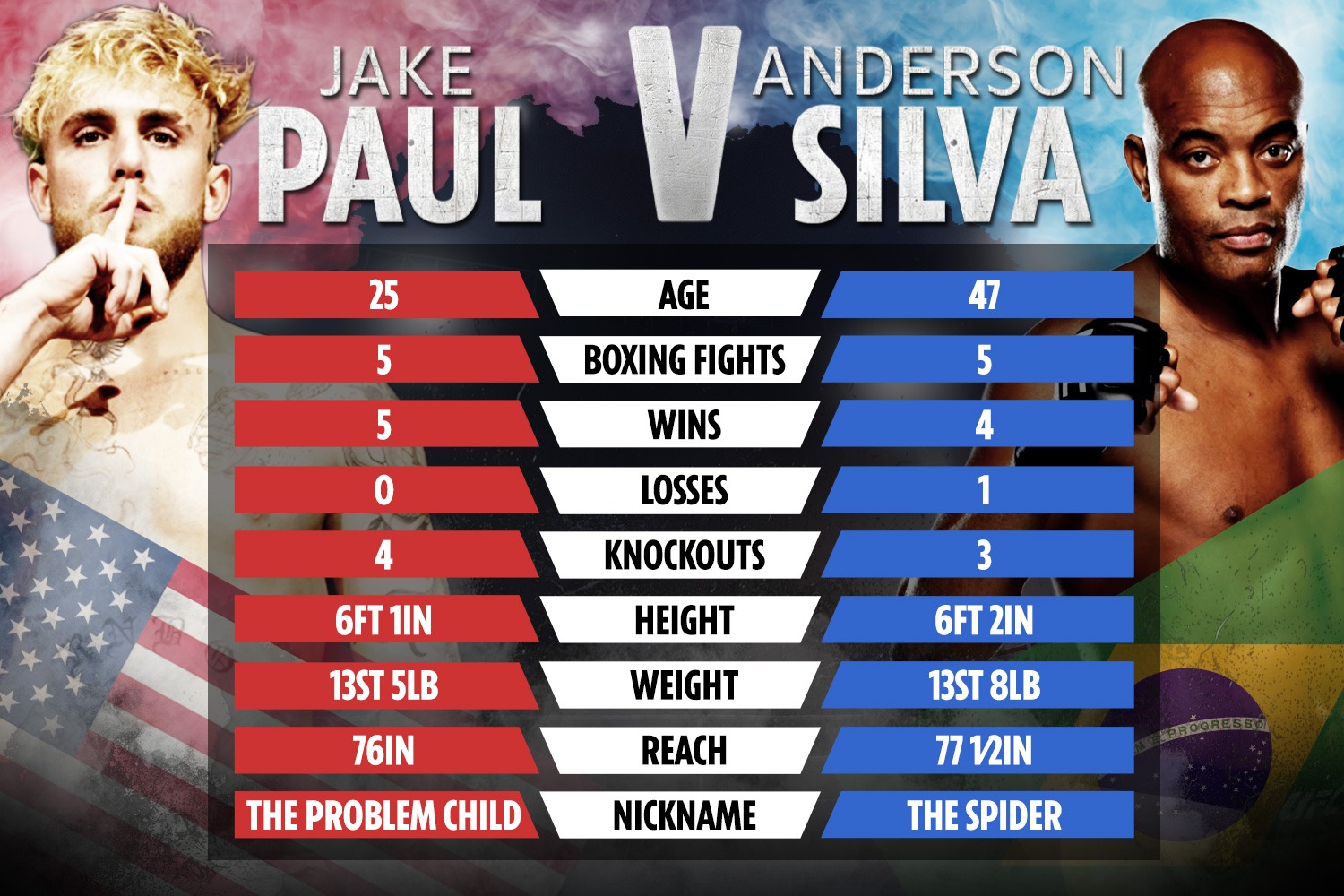
 Jake Paul vs Anderson Silva: Ring walk time, live stream, TV channel, undercard for toughest test
Jake Paul vs Anderson Silva: Ring walk time, live stream, TV channel, undercard for toughest test
FREE BETS AND SIGN UP DEALS – BEST NEW CUSTOMER OFFERS
AFTERNOON
After a morning session, Paul focus on recovery and makes use of all the state-of-the-art equipment at his disposal.
He has a theralight bed that he will lay in, used to boost energy levels.
Another technique Paul favours is swapping from his ice bath and hot tub, which lessens muscle fatigue, aiding recovery for injuries.
Revealing his routine, he said: “I have a stretch therapist, I go into the red light bed, I have a theralight bed that I use.
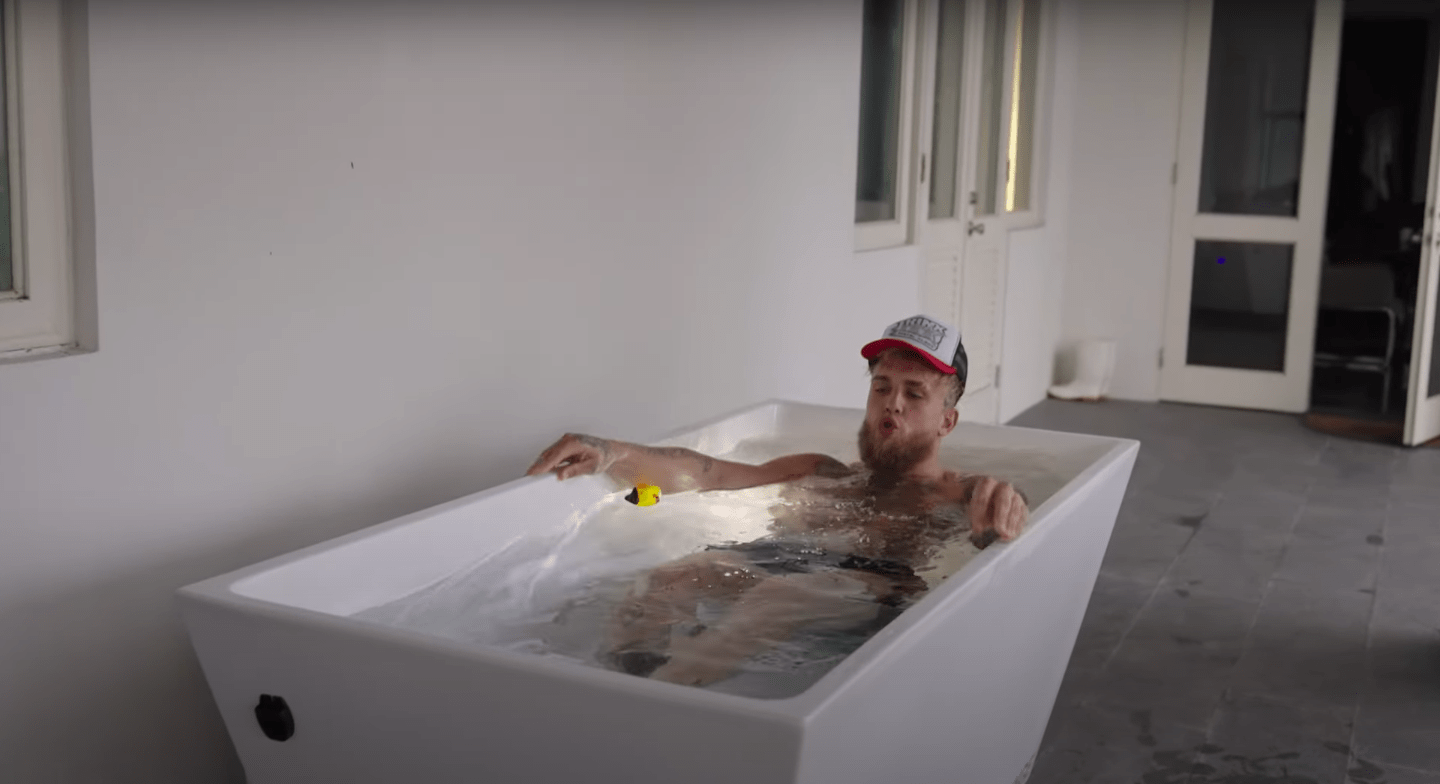 Jake Paul in an ice bath
Jake Paul in an ice bath

He will then swap to his hot tub
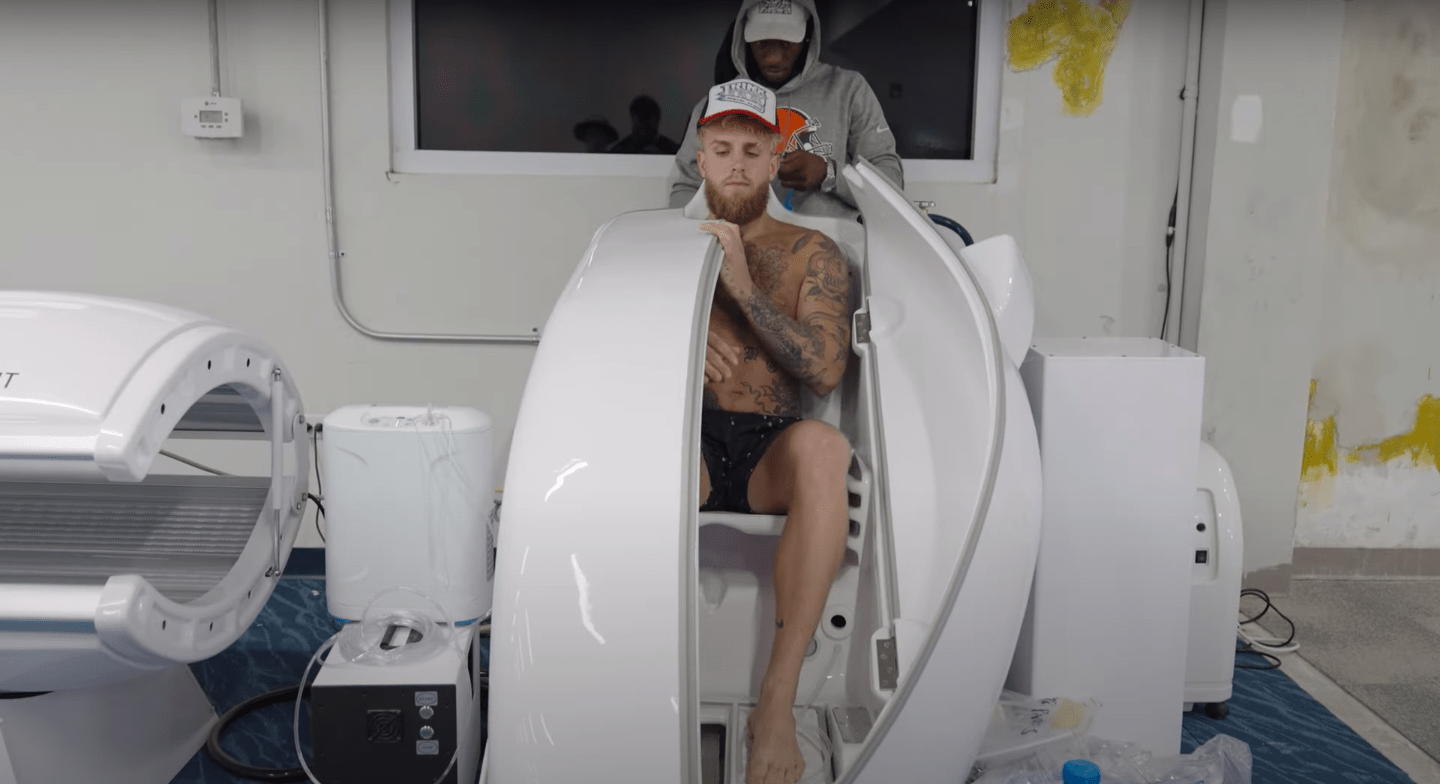 Jake Paul in a ozone sauna
Jake Paul in a ozone sauna
“Then I’ll come home, drink some protein right into the ice bath, then I go ice tub, hot tub, ice bath.
“That usually recharges me right away.”
As established, Paul snubs a big lunch meal and instead enjoys something light.
He said: “I’ll usually have like a snack, maybe some fruit and a snack usually like a high-fibre protein bar.”

The ozone sauna is used for recovery

Jake Paul in a theralight bed
 Jake Paul using natural oxidative therapy
Jake Paul using natural oxidative therapy
EVENING
If Paul is not sparring at night, he goes back to his roots with content creating.
He has a new podcast, called BS With Jake Paul, as well as launching micro-betting app Betr, giving him a focus outside of boxing.
Paul said: “Pretty much the rest of the day I’m either doing interviews like these or working on Betr or my show BS with Jake Paul, which is my new endeavour.
“Then there will be some sort of recovery at night.”
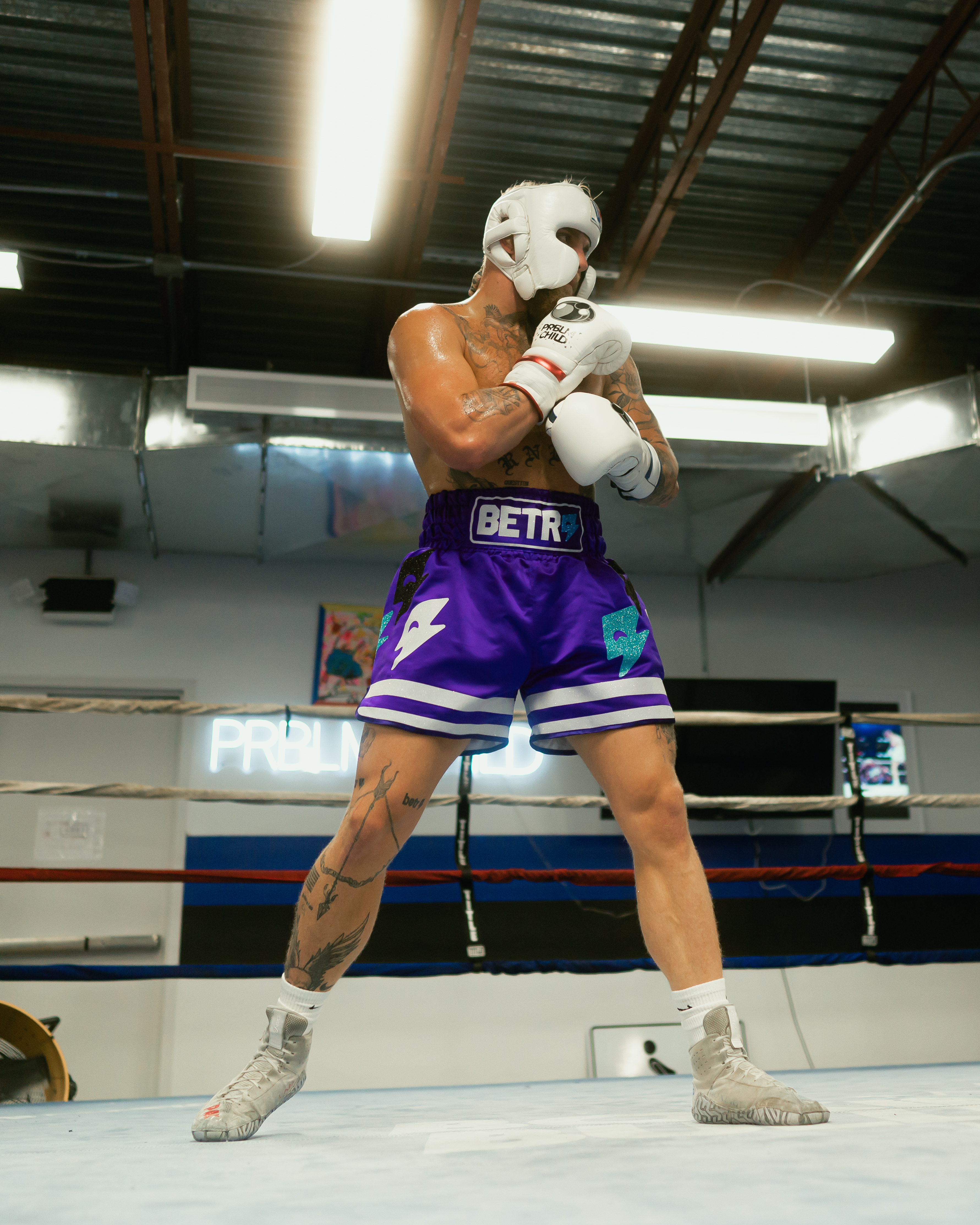
Jake Paul during a sparring session
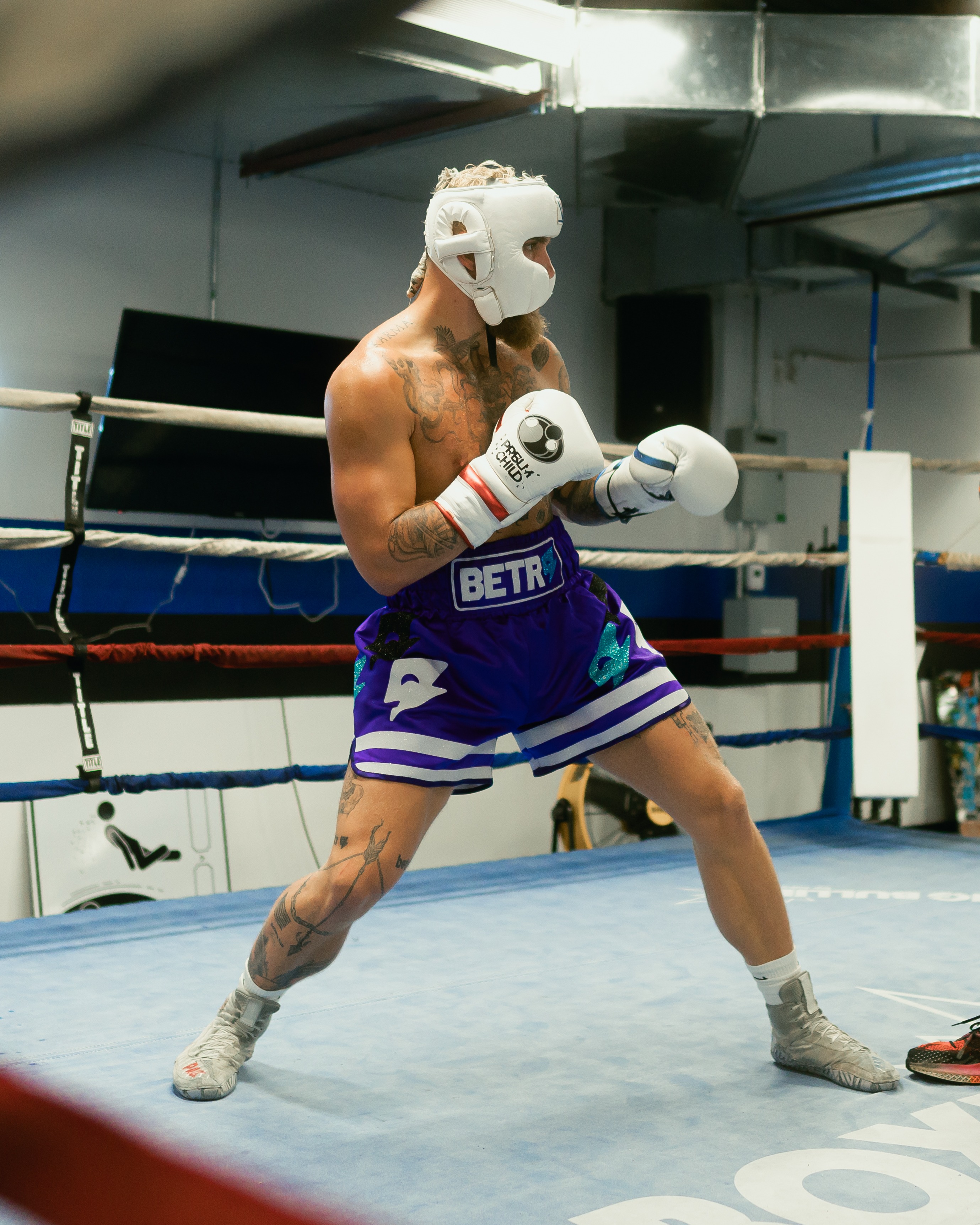
The American likes to spar at night
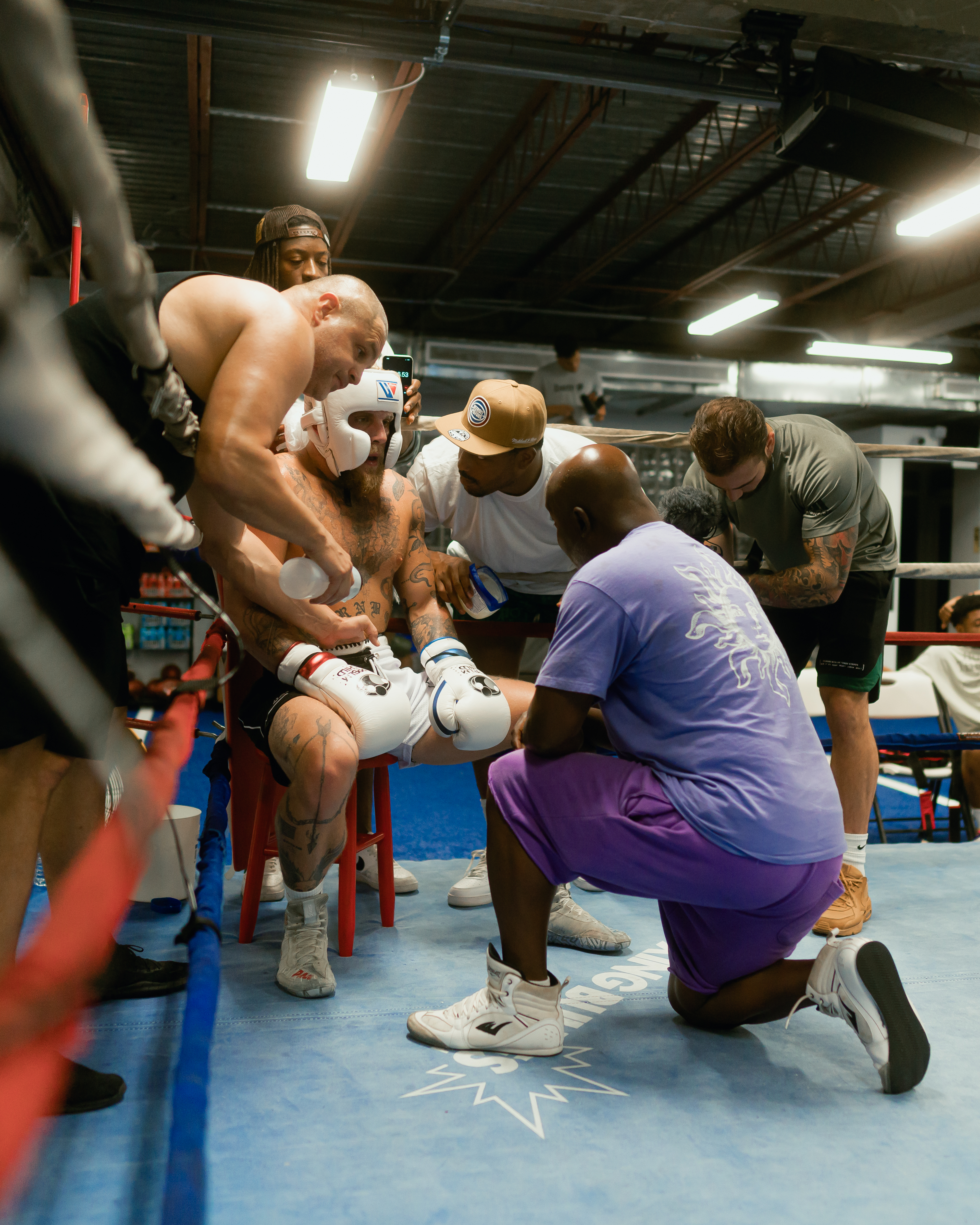
Jake Paul receiving advice from his coaching team
Paul is coming down from 190lb to 187lb for a catchweight clash with Silva, 47, so is watching what he eats for dinner.
He said: “Dinner is like chicken kenowa, steak kenowa, fish, rice, not a lot of carbs. So it’s been a really tough diet coming down to 187lb.
“But we’re wanting to go it the right way, where I can wake up on the morning of the weigh in and have pasta if I want to.
“I weigh like 195 right now, so a lot of fighters could just jump in the sauna but that kills you in the fight, you’ll have nothing left in the fight.
“So we cut weight the right way, ahead of time so I don’t have to sit in the sauna or the steam room and I’ll actually be in that weight.”
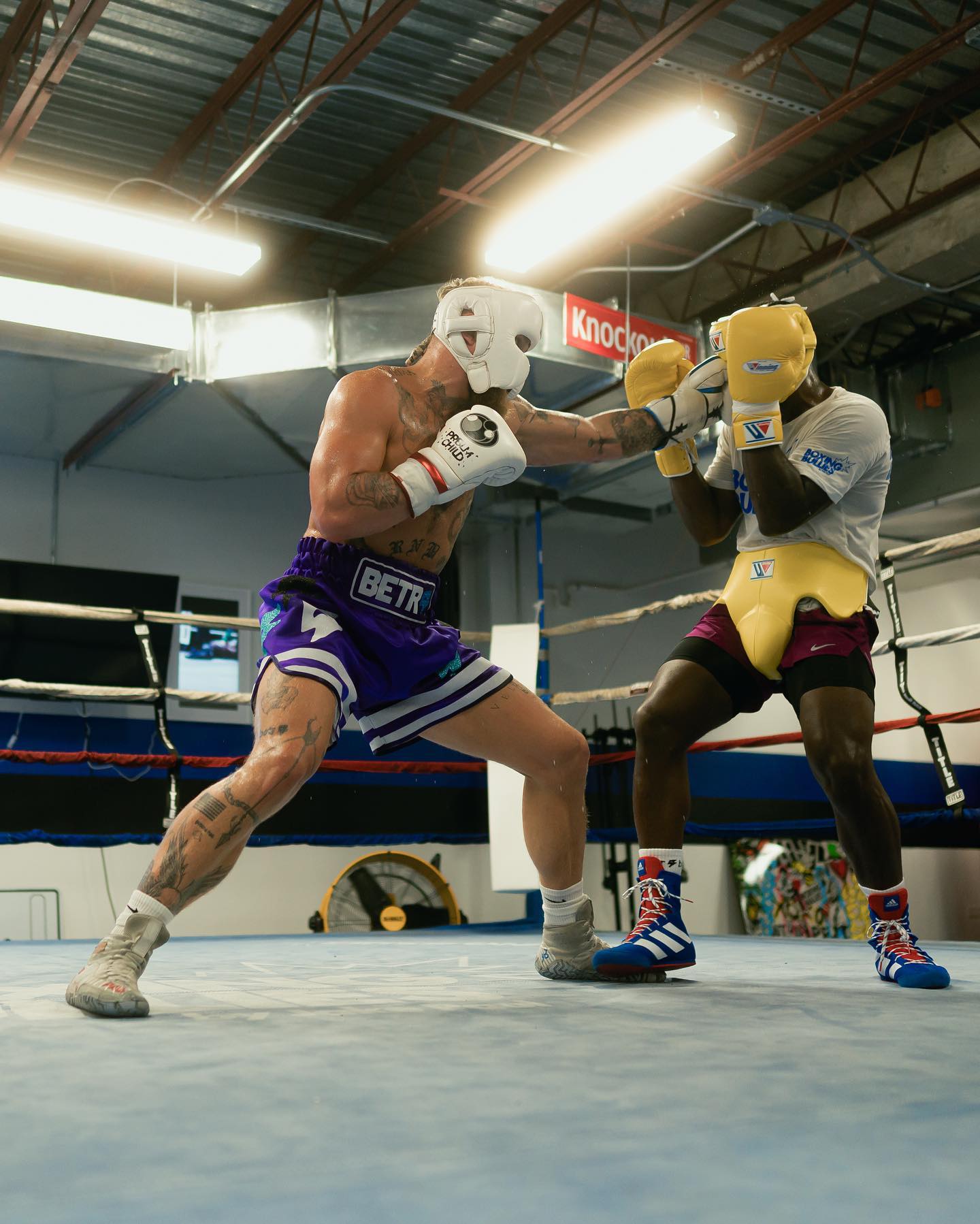
Jake Paul ahead of his fight with Anderson Silva
Frequently Asked Questions
What is the average time it takes to learn to box.
Boxing can be considered one of the oldest and most well-known martial arts. China recorded the first boxing match in 2200 BC. For thousands of years, boxing has been practiced. Boxing is still a popular sport among celebrities and athletes. However, it takes around 10 to learn how to box.
The reason why it takes so long to learn boxing is because it involves many different types of movements. Each movement requires specific muscles in order to be effective. It takes time to train these muscles.
Once you have mastered the art of moving your body, you are ready to start learning any type or boxing technique. As you get more proficient at each technique, you will be able to improve your skills.
How do beginners train to become boxers?
Although boxing is one of oldest sports, its popularity has increased only recently. Two fighters fight each other in boxing. They punch one another until one falls.
It is important to decide if you like boxing before you can start training to become a fighter. You can view some fights on YouTube to experience what it’s like to punch someone. After you have decided if you are interested in boxing, you can choose the style of fighting that you like.
Where should I buy boxing equipment?
You can purchase boxing equipment online from many places. Some of these include Amazon, eBay, Walmart, Target, and Sports Authority. Ross and TJ Maxx, which sell cheap boxing gear are good options.
Quality boxing gear is what you should be looking for. You can consider Warrior, Golden Glove or Premier Boxing Champions.
How to throw a jab
This guide will show you how to throw a jab.
- Step forward with both feet.
- Arrest your arm high above your shoulder.
- Bring your fist down towards your target.
- After hitting your target, swing your arm backwards.
- Continue with steps 1 through 4.
How long does it take for a professional boxer to become one?
Professional boxing takes hard work and dedication. Training is essential if you are to become a professional boxer.
Statistics
- It is just like normal sparring with a partner, but you want to throw punches at 75% of your normal speed. (wikihow.com)
- You want to be running at roughly 75-80% of your top speed..5 mile slow, easy recovery jog at the end.[6]X Research source 2Mix in long runs, shadow boxing, and short sprints on non-interval days. (wikihow.com)
External Links
en.wikipedia.org
amazon.com
- Amazon.com – Ringside Diablo Wrestling Boxing shoes : Clothing Shoes & Jewelry
- Amazon.com – Sanabul Boxing Wraps Elastic 180in Red — Sports & Outdoors
How To
How to learn to box for exercise
How to box for exercise
You learn boxing to increase your physical fitness and self-confidence. Boxing is one of the most popular sports in the world. It requires speed, agility and strength.
Boxing is an excellent way to lose weight and feel great about yourself. It will be a fun activity that you will want to do again and again.
There are many types of boxing training programs. Some are held at health clubs or gyms, while others can be done at home. Online courses are available that you can access anywhere in the world.
It is important to find a program that suits your needs and your lifestyle. The best programs include exercises designed to build muscle mass, increase flexibility, improve cardiovascular endurance, and enhance overall well-being.
You should also consider whether you prefer a beginner’s course or a more advanced one. Beginner’s programs typically teach fundamental techniques and drills like shadowboxing, sparring and mitt work. Advanced programs cover more complex movements and offer more variety.
These programs are generally less expensive than $100 and last for eight weeks. They don’t offer any advice on nutrition, weight loss or injury prevention.
Advanced programs usually last for six months and are around $300. They may include nutritional advice, stretching, warm-up exercises and instruction on proper technique. Some programs also include resistance training (e.g. lifting weights) or aerobic conditioning (e.g. running).

